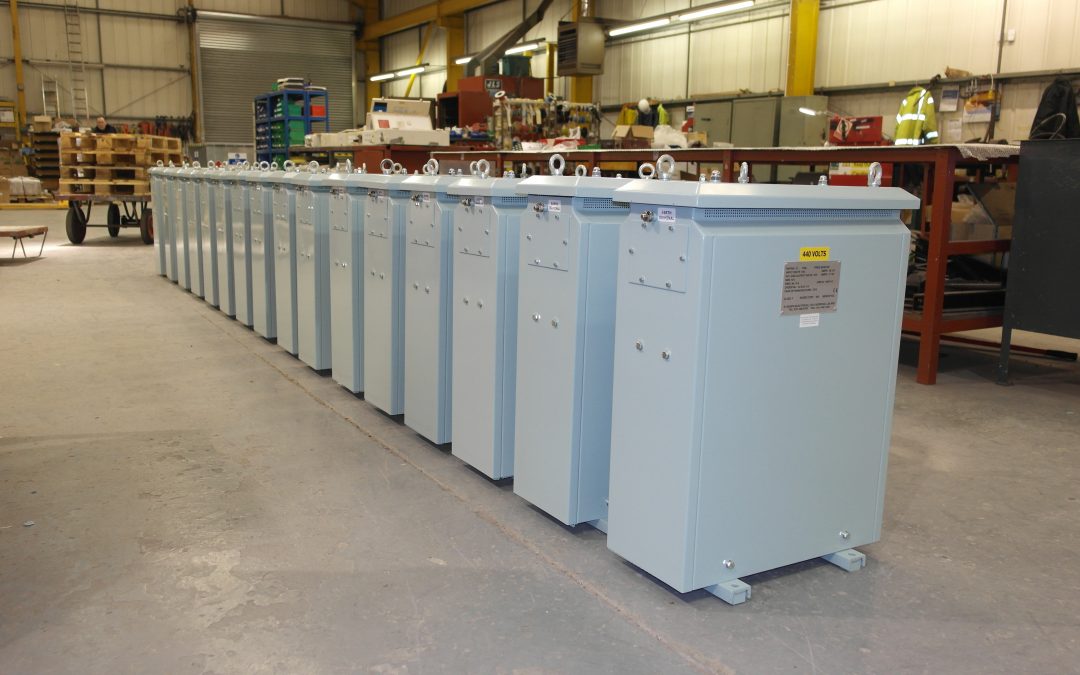When it comes to buying a transformer, several crucial factors must be considered to ensure optimal performance and longevity. Below, we delve into the ten essential considerations when selecting a transformer:
1. Determining the Number of Phases
The first decision is whether you need a single-phase or a three-phase transformer. This choice depends on the application and the equipment you plan to power. Single-phase transformers are typically used for smaller, domestic applications, whereas three-phase transformers are essential for industrial and larger commercial operations.
2. Understanding Frequency Requirements
Transformers are designed to operate at specific frequencies, which usually align with the power supply standards in your region. For instance, the UK uses 50Hz, while the US uses 60Hz. If your equipment’s frequency requirements differ from the power supply, a frequency converter might be necessary.
3. Leveraging Experience
The experience of the transformer manufacturer is critical. Choose a company with a proven track record in your industry. A seasoned manufacturer can provide valuable insights and tailor solutions to meet specific industry needs, whether automotive, chemical, or marine.
4. Defining the Purpose
Transformers serve various purposes, including isolation, voltage regulation, and energy transformation. Understanding the specific function your transformer needs to perform will guide you in choosing the right type, such as an isolation transformer, K-factor transformer, or auto-transformer.
5. Space and Size Constraints
Physical space is often a significant consideration. Transformers can be designed to fit specific space requirements, especially in constrained environments like marine vessels or industrial settings. Custom designs may include features for easier installation and maintenance.
6. Selecting the Wire Configuration
The wire configuration affects the transformer’s efficiency and suitability for different applications. Three-phase transformers can be configured in star, delta, or interconnected-star formations. The choice of configuration impacts the transformer’s ability to handle different types of loads and distributions.
7. Evaluating Additional Factors
Several other technical aspects should be considered:
- Power Factor: Measures the efficiency of power usage.
- Efficiency: Higher efficiency transformers save energy and reduce costs.
- Impedance: Impacts voltage regulation and fault levels.
- Cooling Methods: Determines the operational lifespan and performance.
8. Voltage Specifications
Knowing the input (primary) and output (secondary) voltage requirements is fundamental. These voltages are dictated by the equipment and power supply. For example, military applications might require specific voltage levels, such as 440V input and 118V output.
9. kVA Rating
The kilovolt-ampere (kVA) rating is a crucial parameter that defines the transformer’s load capacity. This rating is derived from the primary and secondary winding voltages and currents. Accurately calculating the kVA ensures the transformer can handle the maximum load without issues.
10. Environmental Conditions
The installation environment significantly affects the transformer’s design and material choice. Factors include indoor vs. outdoor usage, temperature ranges, and exposure to hazardous conditions. Transformers used outdoors typically need liquid filling for insulation, while those in hazardous areas must meet specific regulatory standards like ATEX.
11. Compliance with Standards
Different industries have unique standards and approvals. Ensuring your transformer meets these standards is vital for safety and operational compliance. Offshore and hazardous area applications often require certifications from bodies like Lloyd’s Register or DNV.
Summary
Selecting the right transformer involves a comprehensive analysis of technical requirements, environmental conditions, and regulatory standards. By thoroughly understanding and addressing these ten considerations, you can enhance the efficiency, reliability, and lifespan of your transformer, ensuring it meets your specific application needs.
For more detailed advice or to discuss your specific requirements, contacting a reputable transformer manufacturer can provide the necessary support and guidance.

